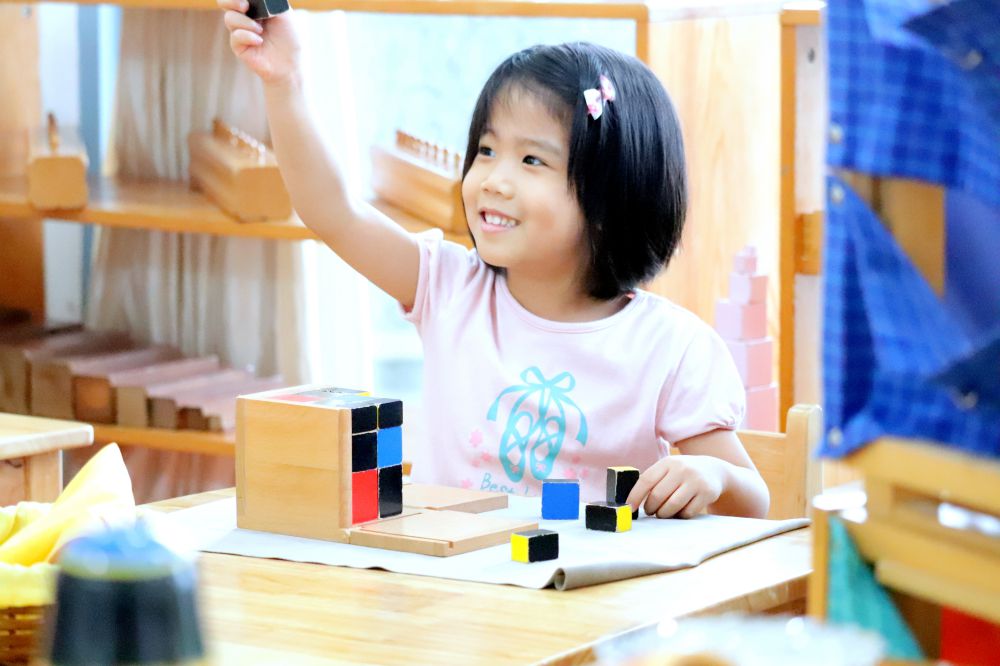The meaning of Montessori work
Adults work to improve one's life, children work to build themselves. In the developmental period of zero to six years old, children will take the initiative to participate in life’s activities. They continue to try taking care of themselves and their environment as they are eager to become independent and adapted to the places that they live. Therefore, activities that promote a child’s growth are called ‘work’ by Dr. Maria Montessori. There is no difference in the value of work with adults. The Montessori work prepared for children provides orderly support for their growth and development.
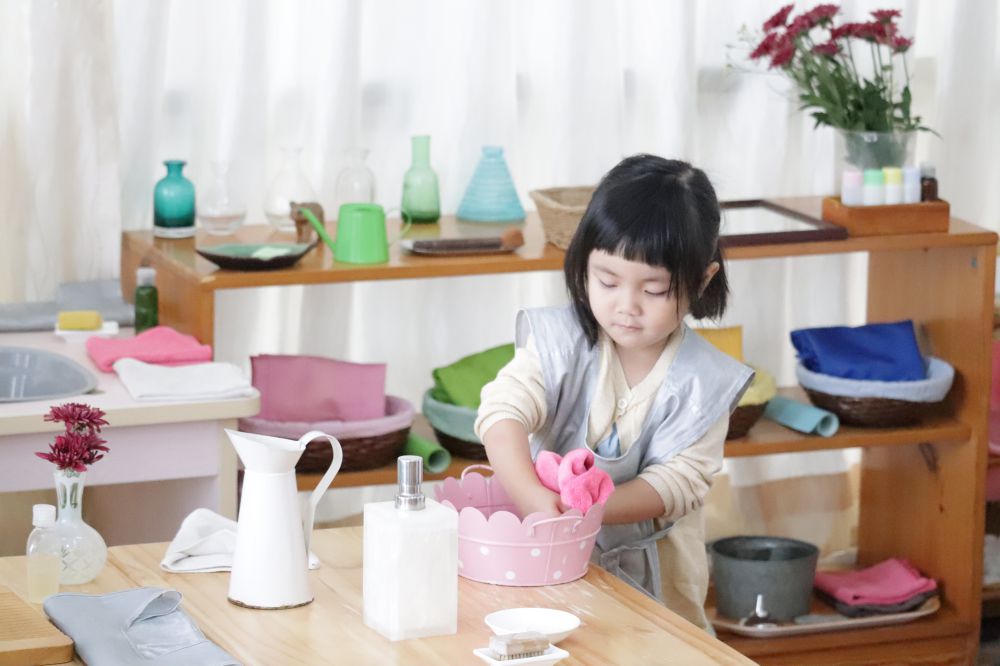
A prepared environment supports children's physical and mental development
The environment is closely related to human life. Human beings constantly improve the environment in order to enhance their own lives. The Montessori prepared environment also improves the development of the human mind and intelligence. Dr. Montessori believes that children need a prepared environment in their developmental states to support their absorbent minds and sensitive periods. Children of different ages have different specifications and requirements for environmental settings. The classrooms are equipped with furniture and tools that meet the child's body size. It is suitable for a group of children at the same stage of development to construct their own activities. Children can adapt quickly here.
In the Montessori classroom, children gradually master the interaction with the environment, peers, and learning materials through the demonstration and guidance of the directors. This enables children to construct a learning environment for themselves according to their own growth pace. The learning materials and activities for the children, including practical life activities, sensorial materials, language, mathematics and culture, cover the most basic needs of a child's movements and intellectual development from zero to six years of age.
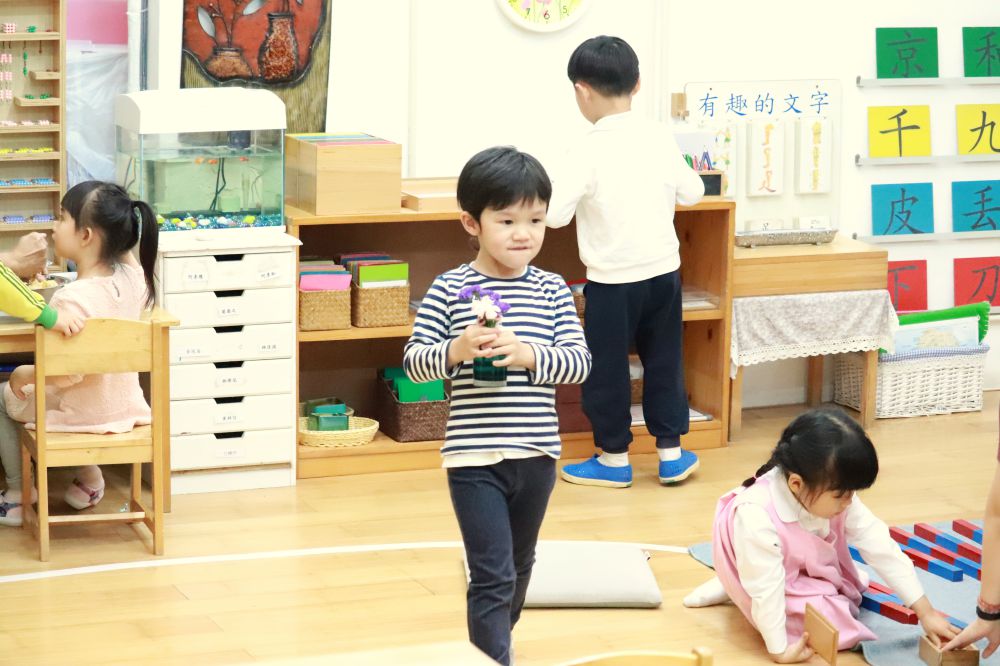
Mixed age learning creates a small community
One of the greatest features of Montessori education is to provide a prepared environment for a group of children at the same stage of development. For example, in a classroom of three to six years old, the group of children work together in the classroom to maintain a harmonious environment. In the three years of study, they will have achieved self-construction. The young children can quickly adapt to the environment and grow with the guidance of the directors and the help of the older children. The older children are also learning and growing up. They become more independent as they build self-confidence. They can serve the community and assist directors to help younger children. They take care of the environment through their own abilities, and promote their personalities from independence to benefit of the whole group. Each child can learn and communicate with different ages of children and present a high level of social behavior.
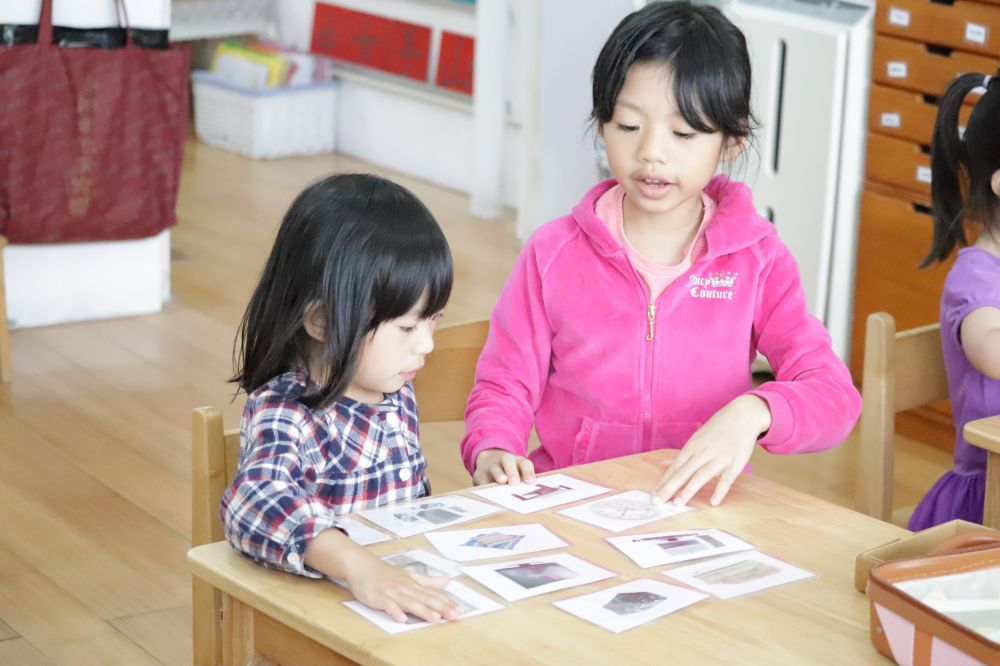
A learning plan based on the child’s pace and interests
All learning materials in the Montessori environment can encourage children to explore. In response to the child's personal ability, intellectual development, family growth background and differences between cultures, the child will show different developmental orientations. Some children may focus on movements, some may love language activities, and some are fascinated by mathematics. After a long period of observation, it is found that as long as the learning activities are freely chosen by the children, they will show enthusiasm for, concentration on and repetition of them. The directors will make a learning plan according to the child's personal developmental needs, so that the child can develop his own strengths and also learn relevant materials in a timely manner.
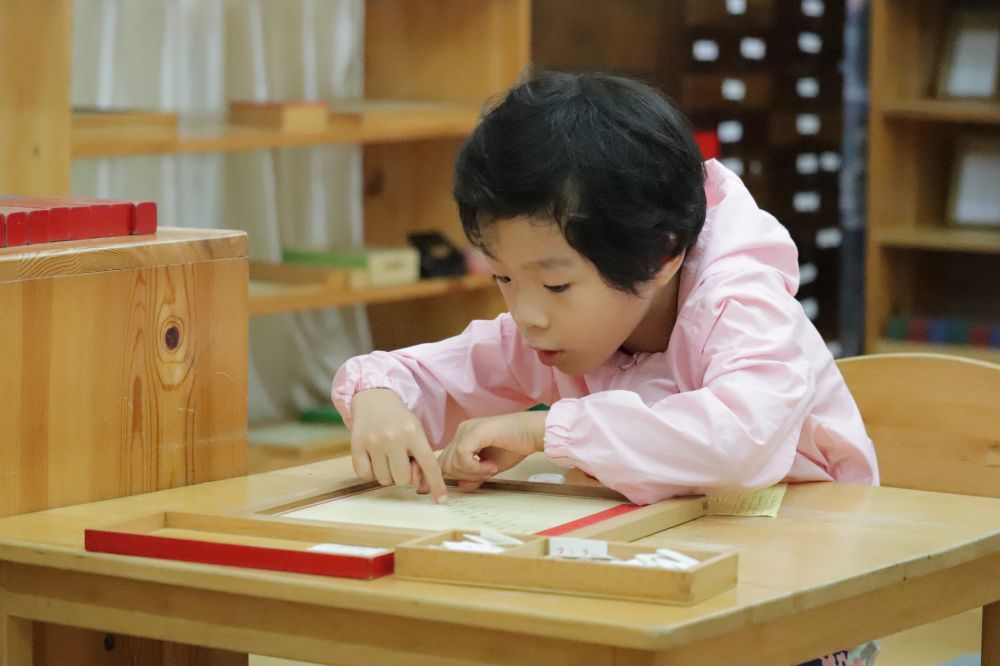
Principle of freedom and discipline
The Montessori environment is child-centered, and every child must have good self-discipline to keep a harmonious atmosphere in the classroom. Self-discipline is not innate, it needs to be guided by adults and incorporated within the prepared environment. The director prepares a series of grace and courtesy activities for the child, either individually or in groups. These activities are not as visible as the learning materials in the classroom, but are pervading every corner of the environment. Children can get a lot of information about discipline here, and they can practice and use it in this environment. It helps the child to respect themself, others and the environment.
In Emile's classroom, children have the freedom to use learning materials, as they choose to work alone or explore the materials with their friends. They can decide the length of working time, manipulate the materials gracefully, all while not disturbing other children's work as they are also respected by others.
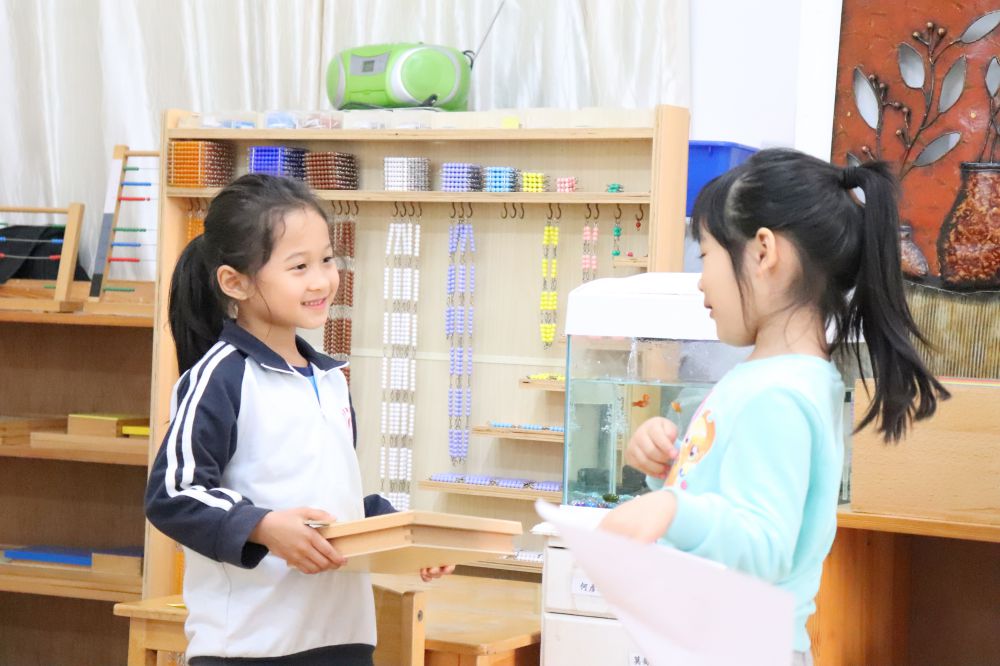
The purpose of Control of Error
Most of the Montessori's materials have the function of Control of Error. When a child makes a mistake while working with the material, he can adjust it by the materials itself or his own perception. In the process, the child can complete this challenging work and achieve the best effect of self-education through the tendencies of order, orientation and perfection without the correction of the adult.
